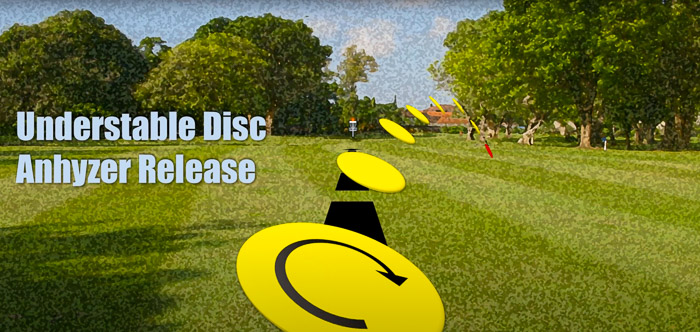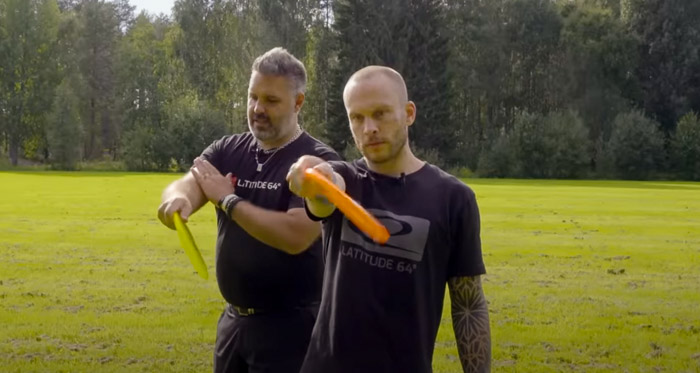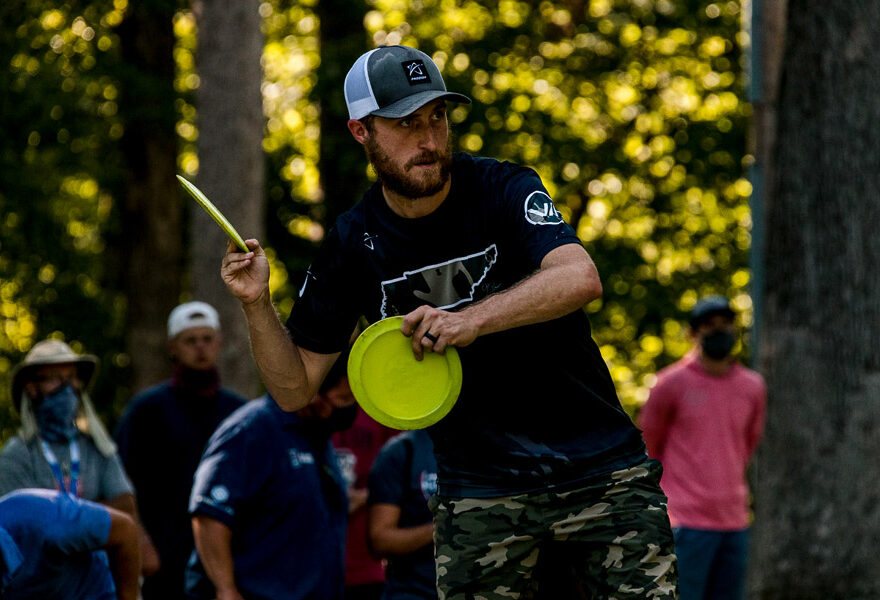Disc Golf, an increasingly popular sport, offers players a variety of shots to perfect and add to their repertoire. Among them is the anhyzer shot. By delving into its mechanics, application, and value in different game scenarios, this guide will offer you a comprehensive understanding of anhyzer and help enhance your disc golf game.
Demystifying Anhyzer

Anhyzer, often a term of intrigue among disc golfers, plays a pivotal role in augmenting your gameplay. To grasp its concept, we should first understand Hyzer. As a right-handed player executing a backhand throw with a flat release, the disc typically flies straight and fades to the left. This flight pattern, predominantly a staple of disc golf throws, is a Hyzer.
Contrarily, an anhyzer is essentially the inverse of a Hyzer. In an anhyzer shot, the disc finishes in the opposite direction of a Hyzer. Hence, a right-handed player’s backhand throw would have the disc finishing on the right rather than the left. This particular shot proves valuable in navigating the varied layout of disc golf courses, adding an edge to your game and aiding in reducing scores.
The secret to achieving an anhyzer shot lies in the release. Known as the anhyzer release, it involves lifting the wing of the disc higher than the disc’s side held in your hand.
Anhyzer Release: Exploring Different Stabilities
The anhyzer release’s execution is subject to the disc’s stability, impacting the disc’s flight trajectory. Here, we examine how different stabilities affect the anhyzer release:
Overstable Disc: Executing a Flex Shot
With an overstable disc, an anhyzer angle enables the disc to fly a relatively straight path or an exceedingly tight s-curve, commonly known as a Flex Shot. The disc exhibits a slight turn after release before flexing back swiftly. Though not a frequently used shot, mastering how to grip your disc for a flex shot could come in handy on the course.

Stable Disc: Perfecting a Turn Over
When a stable disc is released with an anhyzer angle, the disc “turns over”. In other words, a right-handed backhand throw would veer right, while a left-handed backhand would turn left. Often dubbed as the “turn over shot”, it’s an invaluable addition to your disc golf techniques. It affords you control over the disc’s turn, especially beneficial for shots through wooded areas.
Understable Disc: Achieving a Roller
An understable disc, with an anhyzer angle, turns over significantly more than a stable disc, typically leading to the disc heading toward the ground. Upon perfect execution, the disc continues to roll, resulting in a “roller” shot. This shot proves especially useful in low-ceiling scenarios or when you need the disc to finish the opposite way, much like the turn over shot. Additionally, rollers can offer some extra distance, often covering more ground rolling than flying.
Does Forehand Supersede Anhyzer?
There’s an ongoing discourse among players on whether a sound forehand makes the development of an anhyzer shot redundant. This belief, however, could limit your gameplay. While both forehand and anhyzer shots can have the disc finishing the same way, they follow different flight paths.
A forehand shot generally flies straight before fading at the end. In contrast, an anhyzer shot starts turning upon release and holds the turn throughout, contingent on the disc’s stability. Each shot serves its purpose in different game situations, thereby making it advantageous to develop both skills.
Concluding Thoughts
Equipped with a comprehensive understanding of the anhyzer shot, it’s crucial to dedicate time to practice and master this technique. The turnover shot and backhand roller, once learned, can significantly enhance your performance on the course. Moreover, the utility flex shot can occasionally prove to be a game-changer.
While a robust forehand is undeniably an asset, don’t overlook the potential of the anhyzer release. By adding it to your disc golf techniques, you are diversifying your game, preparing for a myriad of situations that might arise during your rounds on the course.
